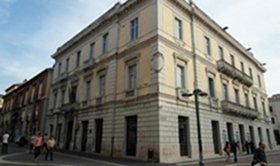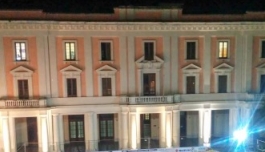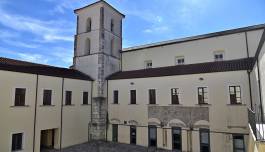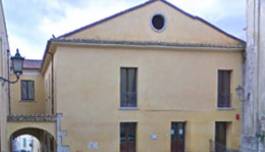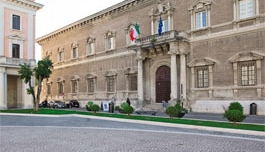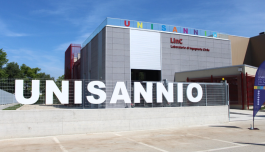The Master's Degree Program in Electronics Engineering for Automation and Sensing is an internationally offered program that is delivered exclusively in English. The program is designed to be a natural continuation of the education of three-year (Bachelor) graduates in the fields of information and industrial engineering.
The program is structured to provide a balanced combination of methodological and practical training, in addition to covering specialized topics within the two offered curricula:
- Automation
- Sensing Technologies
These curricula are organized around three closely integrated areas of learning, namely electronics, telecommunications, and automation. The first year of the program emphasizes methodological aspects, while the second year is focused on practical applications.
ADMISSION
The Master's Degree Program in Electronics Engineering for Automation and Sensing is open to all applicants, without any restrictions on the number of students admitted. To be eligible for admission, applicants must hold a Bachelor's (or higher) degree from an Italian university or an equivalent qualification awarded by a foreign institution, as determined by the selection committee in accordance with the program regulations.
The rules for enrollment of foreign students are explained in detail on the website of the Ministry of University and Research, and a brief summary of the main requirements is also available on the University's website under the Enrollment for Foreign Students page.
In addition to meeting the educational requirements specified on the "Education Required for Admission" page, applicants must also demonstrate a satisfactory general preparation for the program. A committee formed by Professors of the Degree Course (either Bachelor or Master) will assess the fulfillment of several mandatory credits based on the applicant's curriculum. Additionally, the committee may request interviews with applicants for further verification.
Candidates holding an Italian Bachelor's degree in Information Engineering (L8 Class) with a final grade no lower than 85/110 (or its equivalent) will be considered for automatic admission to the program. However, for candidates who do not meet this requirement, there is still a possibility to enroll in the program, contingent upon passing a test. Foreign students may take this test in English.
The test consists of an interview that will cover the following topics:
- Methodological-operational aspects of mathematics, physics, and information technology;
- Cross-field engineering disciplines, such as electrical circuits, systems theory, signal analysis, and the fundamentals of electronics;
- Specialized engineering disciplines in the fields of measurements, electromagnetics, electronics, automation, and telecommunications.
After the test, the candidate will be informed of their eligibility for admission. In the event of an unfavorable outcome, the student may retake the test in the following academic year.
To verify the admission requirements, students need to complete the application form and submit it via email to the Administrative Office of the Department of Engineering at didattica.ding@unisannio.it. If the students do not meet the degree requirement, the Office will schedule a test session at least 10 days in advance.
International students needing the visa permit must submit the documents for the pre-screening of the admission requirements no later than April 30th, 2024. The deadline for pre-enrolling on the Universitaly portal is May 31st, 2024.
